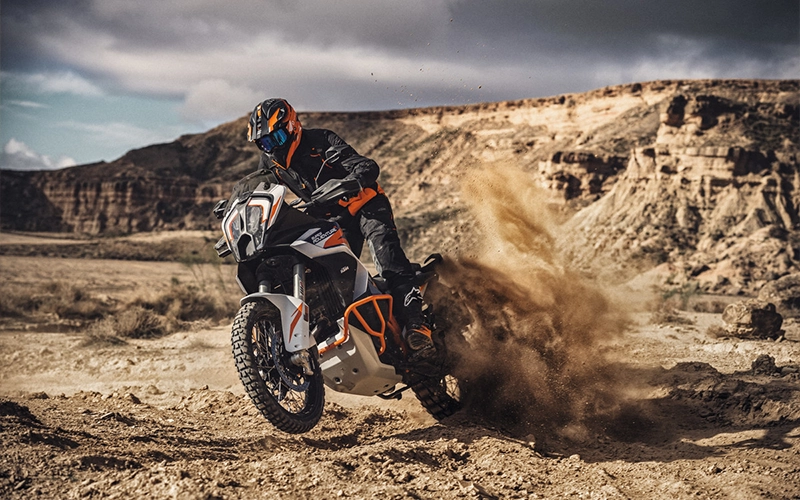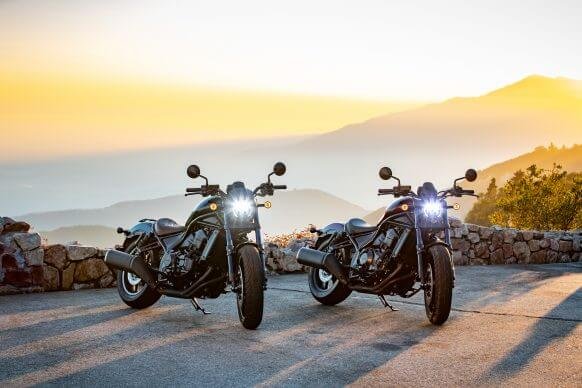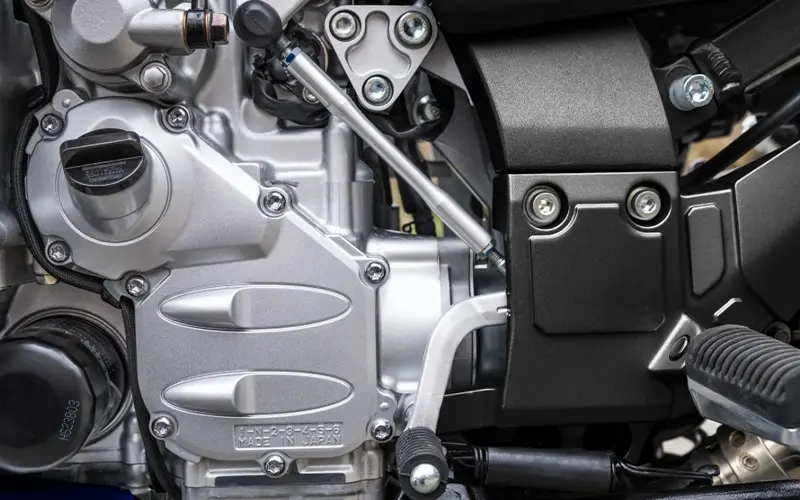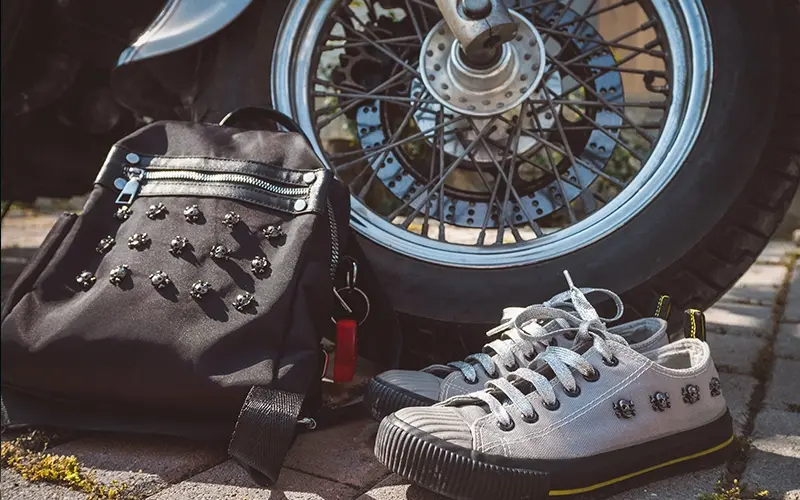Riding a motorcycle in the rain has a certain charm to it. The cool breeze, the scent of wet earth, and the rhythmic patter of raindrops make it an unforgettable experience. But once the initial thrill fades, the reality of monsoon riding sets in—waterlogged roads, slippery surfaces, and the constant fear of rust, electrical failures, or worse, a breakdown in the middle of a flooded street.
For passionate riders, avoiding rain altogether isn’t always an option. Whether you rely on your motorcycle for daily commuting or simply enjoy long rides regardless of the weather, monsoon-proofing your bike is essential. Rainwater, humidity, and mud can cause severe damage if you don’t take the right precautions. From rusting chains to water-damaged electrical systems, the list of potential issues is long, but with the right care, your bike can stay in top shape all season.
At AliWheels, we know how important your motorcycle is to you. It’s not just a vehicle—it’s freedom on two wheels. That’s why we’ve put together this comprehensive guide on how to protect your motorcycle during heavy rain and floods. Follow these essential steps, and you’ll keep your ride smooth, safe, and ready for the road no matter how intense the monsoon gets.
Choose the Right Parking Spot
The first and most effective way to protect your bike from rain damage is choosing where you park it. Leaving it out in the open, fully exposed to downpours and standing water, is a surefire way to invite trouble. Rust, electrical malfunctions, and even engine damage can occur if your bike is constantly soaked or submerged in water.
Whenever possible, park in a covered area like a garage, basement parking, or any shaded spot that can prevent direct rainfall. If covered parking isn’t available, invest in a high-quality waterproof motorcycle cover. But be careful—cheap plastic covers can trap moisture inside, leading to condensation and rust. A breathable, weather-resistant cover is your best bet.
Another crucial thing to consider is where water is likely to accumulate. Low-lying streets, open lots, and areas near drains can quickly turn into mini rivers during heavy rains. If you park in these spots, there’s a real risk of your motorcycle being partially or fully submerged. If flooding seems imminent, move your bike to higher ground immediately.
Shield the Electrical System from Water Damage
Water and electricity don’t mix well, and your motorcycle’s electrical system is highly vulnerable to moisture. Excessive rain exposure can short-circuit vital components like the battery, ignition system, and wiring. If water seeps into the wrong places, you might find yourself stranded with a bike that won’t start.
To prevent this, start by sealing all exposed electrical connections. A thin layer of petroleum jelly or dielectric grease on battery terminals and wiring joints can help repel water and prevent corrosion.
Next, check the spark plug. Water getting into the spark plug chamber can cause misfires or prevent the bike from starting altogether. Applying a bit of waterproof grease around the spark plug cap can act as a seal against moisture.
If you ride frequently in the rain, consider getting a rubberized spray or sealant for the ignition system. This extra layer of protection can keep rainwater from interfering with vital electrical connections.
Keep the Chain and Lubrication in Check
Your motorcycle chain is one of the most vulnerable components during the monsoon. Constant exposure to water, mud, and debris can strip away lubrication, leading to rust and increased wear. A poorly maintained chain won’t just affect performance—it can snap mid-ride, putting you in a dangerous situation.
Before and after every ride in the rain, check your chain for excessive dirt and clean it properly. Use a soft brush and a mild degreaser to remove mud and grime. Once clean, apply a high-quality chain lube designed for wet conditions. Standard lubricants may wash off quickly, so go for a waterproof or rain-resistant lube that can withstand prolonged moisture exposure.
Additionally, inspect the chain tension regularly. Water and dirt can loosen it faster than usual, leading to a rough ride or uneven wear. If your bike’s chain has a tendency to slacken frequently, adjust it as needed and make sure it’s properly aligned.
Prevent Water from Getting into the Fuel System
Water entering the fuel system can lead to engine sputtering, difficulty in starting, or even a complete breakdown. Modern motorcycles come with sealed fuel tanks, but older models or bikes with worn-out seals may allow water to seep in during heavy rain.
To reduce this risk:
- Always keep your fuel tank properly sealed. Check for any cracks or gaps in the fuel cap rubber seal. If it’s damaged, replace it immediately.
- Avoid refueling at open gas stations during heavy rain. If water gets into the underground fuel storage or mixes with gasoline, it could contaminate your tank.
- Use fuel additives if you suspect water contamination. Some products help disperse water molecules, preventing them from reaching critical engine components.
Brake Care: Stay Safe on Wet Roads
Brakes can become unreliable when they’re wet, reducing stopping power and making emergency braking more dangerous. Water on brake discs or drum brakes can cause a temporary loss of grip, leading to longer braking distances.
After riding in heavy rain, gently apply the brakes a few times at low speed to help evaporate any excess water. This quick trick can restore braking efficiency before you reach higher speeds.
If your brakes feel unusually spongy or unresponsive, check for any water buildup in the brake lines. In drum brake systems, water can get trapped inside, leading to poor performance. Make sure the brake system is clean and dry after every wet ride.
Tires: The Key to Stability in the Rain
Your tires are your only contact point with the road, so keeping them in top condition during monsoon season is critical. Worn-out tires with low tread depth are a major hazard on wet roads, increasing the risk of slipping and hydroplaning.
Before the rainy season begins, inspect your tires for wear and replace them if needed. Look for deep grooves that can effectively channel water away and provide better grip.
Additionally, maintain the correct tire pressure. Over-inflated tires can reduce traction, while under-inflated tires may not displace water effectively. Check the manufacturer’s recommended pressure and adjust accordingly.
After-Ride Care: Keeping Your Bike Dry and Rust-Free
Even if you take every precaution while riding in the rain, post-ride maintenance is just as important. Water left sitting on your bike can speed up rust formation and cause long-term damage.
Once you’re home, wipe down your bike thoroughly with a dry cloth. Pay extra attention to metal parts like the exhaust, chain, and frame. A light coat of anti-rust spray on vulnerable areas can prevent corrosion from setting in.
If your bike got drenched in a downpour or had to wade through floodwater, let it dry completely before starting it again. Water inside the exhaust or air filter can lead to serious engine trouble.
Final Thoughts: Ride Smart, Ride Safe
Monsoon riding doesn’t have to mean constant maintenance headaches. With the right precautions, you can enjoy the rain without putting your bike at risk. A little extra care goes a long way in keeping your motorcycle in peak condition, even when the roads are soaked and unpredictable.
At AliWheels, we’re all about making sure you and your bike are ready for every ride, rain or shine. So gear up, ride safe, and keep your machine protected—because a well-maintained bike isn’t just reliable, it’s a joy to ride in any weather.










